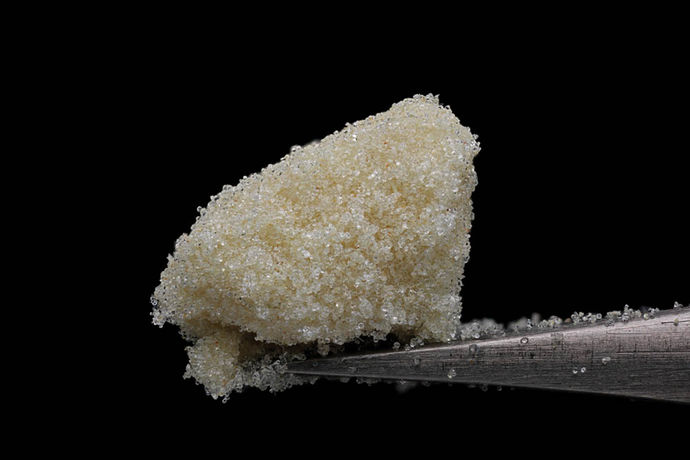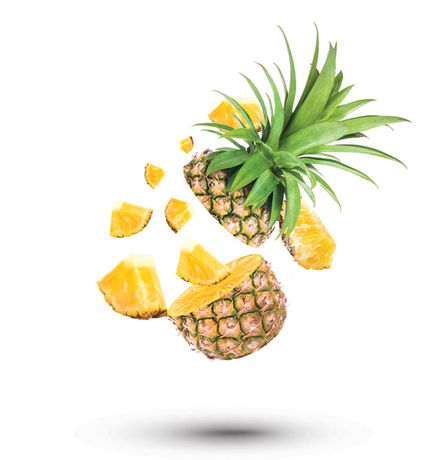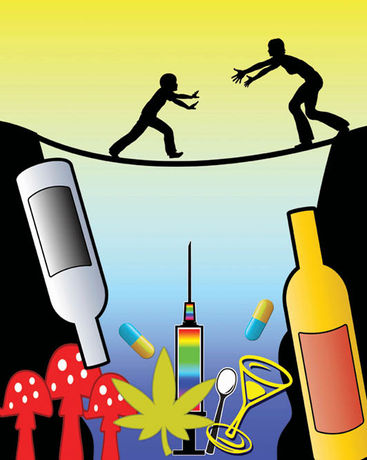Yes, hemp and Cannabis are both Cannabis sativa l. Hemp doesn’t have much, if any, THC – and Cannabis on the other hand is grown, sold and consumed precisely because it does have THC, sometimes a lot of it.
Cannabis has been legal in Washington state since 2012. Licensed Cannabis farmers have a monopoly by virtue of needing a state-issued license. Then along came hemp…
The conflict isn’t between hemp and Cannabis plants, but between Cannabis farmers and hemp farmers. Potential areas of conflict include cross pollination, who grows the best CBD crops (and by best, I mean price and chemistry), and the fact that Cannabis is regulated by the Liquor & Cannabis Board, while hemp falls under the state’s Dept. of Agriculture’s umbrella. The issues may seem incidental now, but wait a couple of years when hemp comes into its own, moving beyond CBD extraction into food, fiber, hempcrete, fuel and more.
CBD isn’t a synonym for hemp. Most of the hemp grown now is for CBD extraction. Too much was grown in 2019 and 2020 to meet current market needs. The bigger the harvest, the lower the price – leaving much of what’s grown, unsold.
CBD products will move towards standardization. CBD-rich hemp will be grown by fewer farms in larger amounts, consistently year after year.
Hemp will replace some of the CBD Cannabis in dispensaries. It will be cheaper than Cannabis and competition will come from all over, not just Washington farms. Think Colorado, Oregon and even Kentucky, in that order.
Cannabis farms max out at 30,000 square feet. There is no limit on how much a hemp farmer can grow. Between seed prices, the labor needed for harvest and infrastructure behind it all, hemp is much cheaper compared to Cannabis.
Two words: pollen drift. Nobody wants pollen drifting between farms. Pollen can travel for miles and neither hemp or Cannabis wants pollen from other farms in their fields.
Forcing Cannabis farms to indoor or greenhouses isn’t the answer. It’s too early for a certified seed list for either crop because the modern genetics are new. Craft Cannabis producers want to build strong brands in order to distinguish themselves in the marketplace. Some want appellations just like the wine industry. What happens when Cannabis is legalized and it can be sold across state lines? The time will come when the hemp industry is larger than the recreational Cannabis market, and in today’s capitalist system, money equals power.
These issues aren’t unique to Washington. We have an opportunity for farmers, state agencies and other interested parties to establish policies that are win-win for everyone involved. And when I say sit down, I mean in a circle, not on opposite sides of the table.
We need best practices, standard operating procedures and a statewide roadmap moving forward to avoid a cattle versus sheep scenario, and set an example for other states. It’s too late to impact the 2021 growing season, but the discussions need to begin right now.
Full disclosure, I’m working with The Cannabis Alliance to help facilitate the above. While I don’t profess to have all the answers, my own company, LeBlanc CNE, has a foot in both hemp and Cannabis. Being one of the first states to legalize, now we can be one of the first to harmonize. Together we can!
Further Reading:
Feasibility of Industrial Hemp Production in the United States Pacific Northwest
Agricultural Experiment Station, Oregon State University, Station Bulletin 681, May 1998
How Seeded and Seedless Hemp Crops Vary for Different End Uses
By Robert C Clarke and Mojave Richmond










